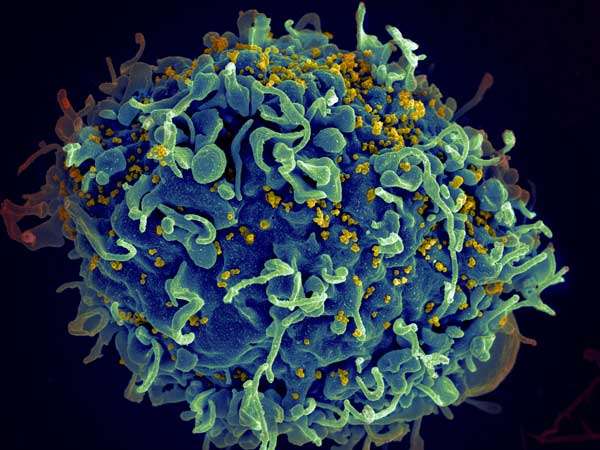COVID-19 Drops from Top 10 Causes of Death in the U.S. for the First Time Since 2020

For the first time since 2020, COVID-19 has fallen out of the top 10 causes of death in the U.S., as overall death rates decline. Learn about the ongoing health challenges and disparities facing Americans.
In a significant shift, the latest data from the U.S. government reveals that COVID-19 no longer ranks among the top 10 causes of death in the country for the first time since the pandemic began. In 2024, overall U.S. death rates have decreased to levels not seen since 2020, indicating some progress in public health, yet challenges remain.
According to the National Center for Health Statistics, heart disease and cancer continue to be the leading causes of death, with approximately 683,037 deaths attributed to heart disease and 619,812 to cancer last year, showing slight increases from the previous year. Unintentional injuries now rank as the third leading cause, and notably, suicide has entered the top 10 causes for the first time, overtaking COVID-19.
Experts like Dr. Eric Topol from Scripps Research emphasize that heart disease remains a major concern and its numbers are moving in the wrong direction. Despite the decline in COVID-19 deaths, Dr. Topol notes that thousands of individuals are still dying from the virus.
Beyond infectious diseases, other leading causes include stroke, chronic lower respiratory diseases, Alzheimer's disease, diabetes, kidney disease, chronic liver disease, and cirrhosis. Dr. Topol highlights that many of these illnesses are largely preventable through healthier lifestyle choices such as increased physical activity and better diets.
The data also underscores persistent disparities: Black Americans continue to experience the highest mortality rates, and men face a significantly higher death rate compared to women, with 844.8 versus 613.5 deaths per 100,000 people. Despite these insights, U.S. health outcomes still lag behind those of many other nations, partly due to gaps in chronic disease prevention and lower life expectancy.
Furthermore, experts express concern over reduced federal funding for health research, warning that this could hamper efforts in disease prevention. As Dr. Topol questions the declining support for initiatives like those led by the CDC, he underscores the urgent need to prioritize prevention strategies to improve health outcomes.
This development signals a pivotal moment in the pandemic’s trajectory and highlights the importance of addressing preventable health risks to reduce overall mortality. For more detailed information, see the CDC's data on the leading causes of death in the U.S.
Stay Updated with Mia's Feed
Get the latest health & wellness insights delivered straight to your inbox.
Related Articles
Challenges in Monitoring Measles Spread in Florida Due to Lack of Public Data
Florida's removal of public disease-tracking data has created gaps in monitoring measles and other infectious diseases, raising concerns about outbreak detection and public health safety.
Genetic Foundations of Brain Criticality and Its Impact on Human Cognition
Recent research reveals that brain criticality—a balance vital for cognitive function—is strongly influenced by genetics, offering new insights into brain dynamics and cognition.
Study Finds Long-Term Keto Diet May Cause Metabolic Issues in Mice
Recent research reveals that while the ketogenic diet can aid weight loss, long-term use in mice may lead to fatty liver, high blood fats, and impaired insulin function, raising health concerns.
Monthly Oral Pill Shows Promise as Long-Acting HIV Prevention Drug Candidate
A new long-acting monthly oral medication shows promise as an effective pre-exposure prophylaxis option for HIV, potentially improving adherence and accessibility globally.



